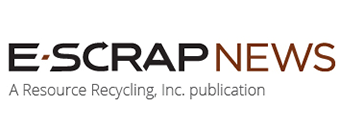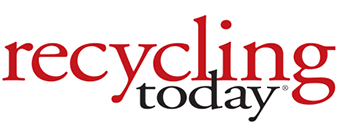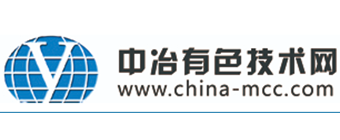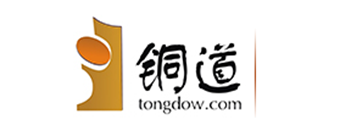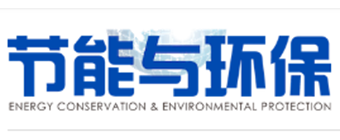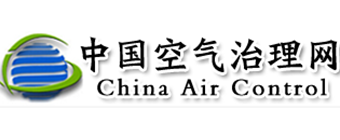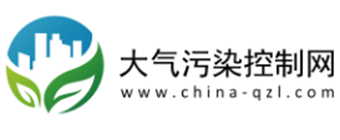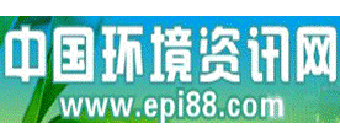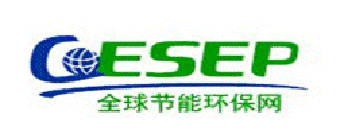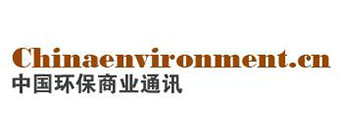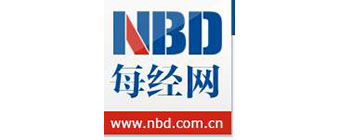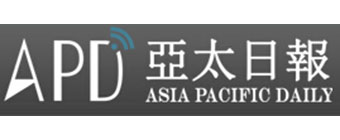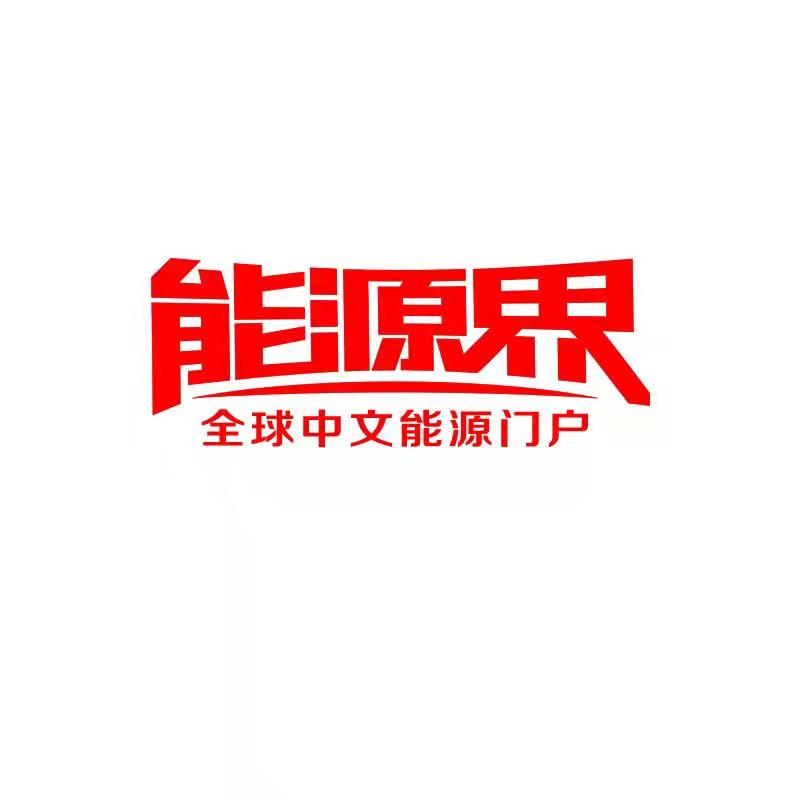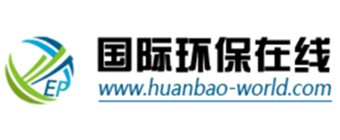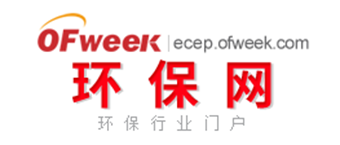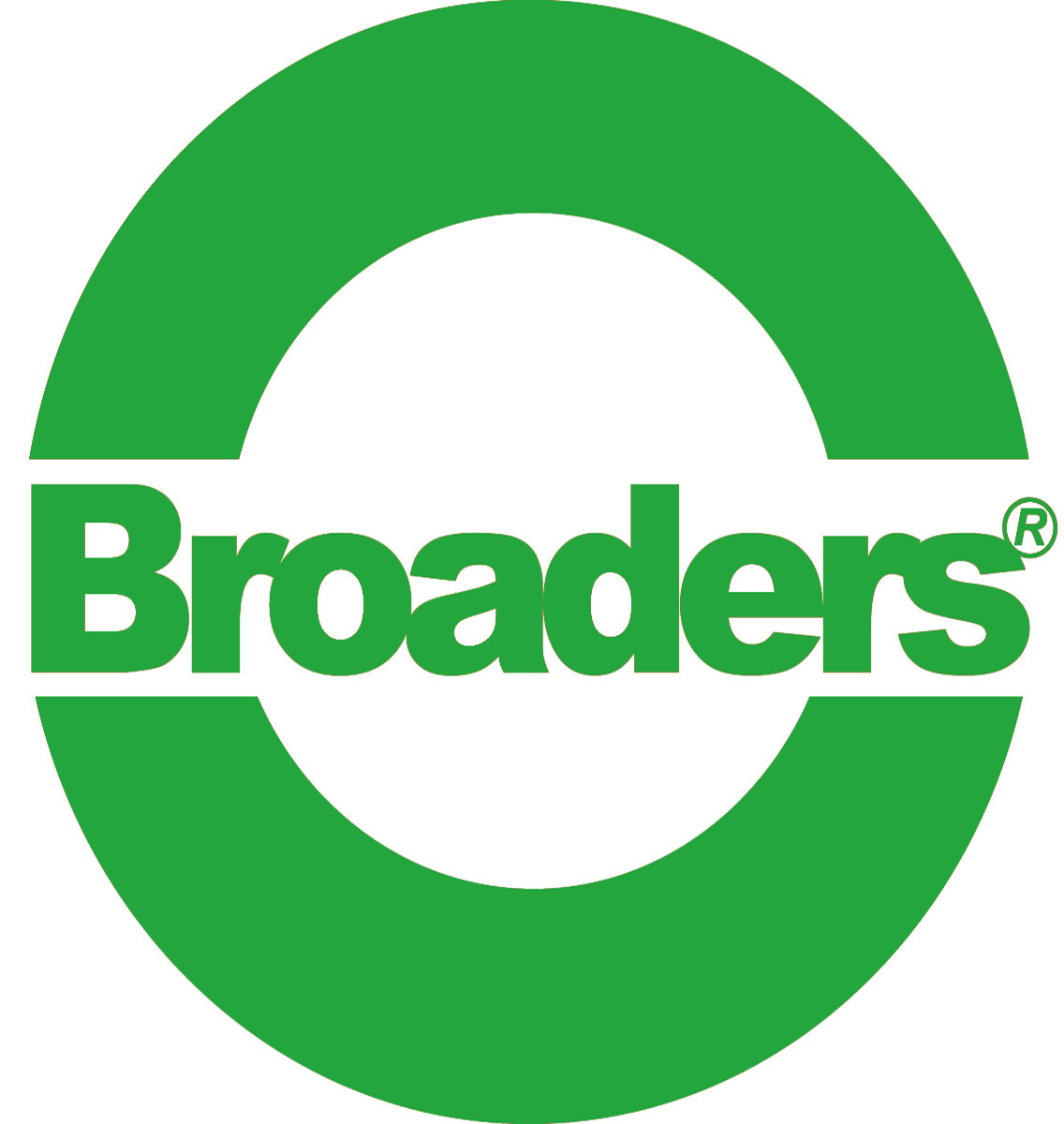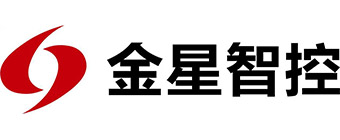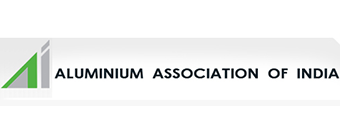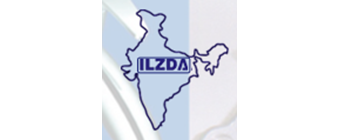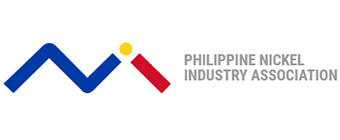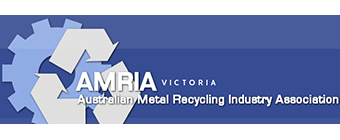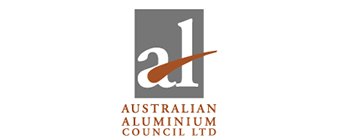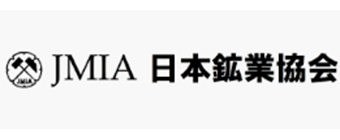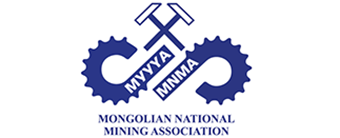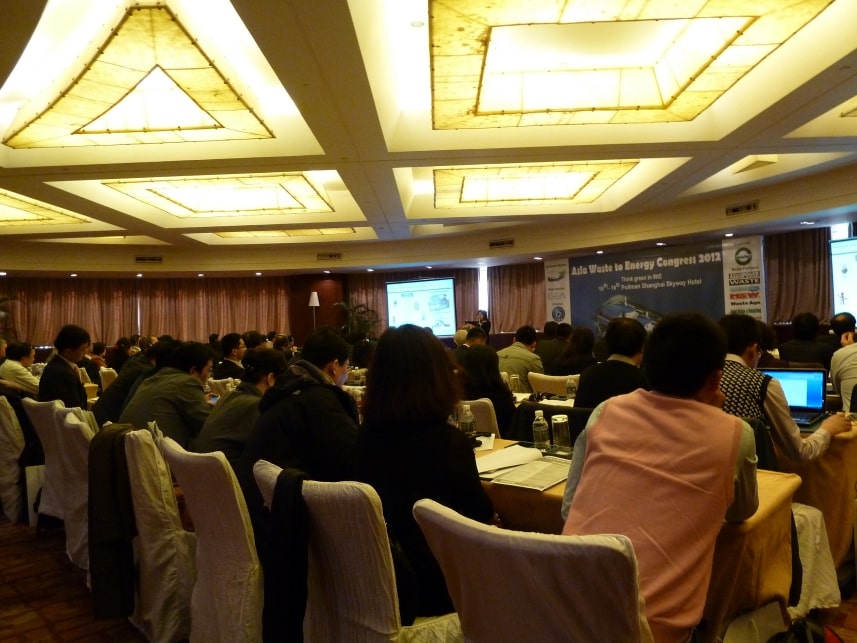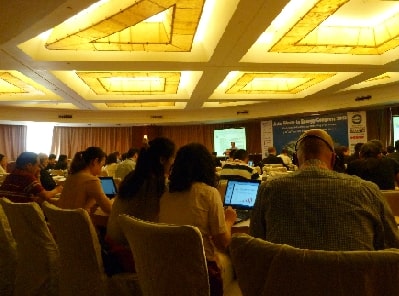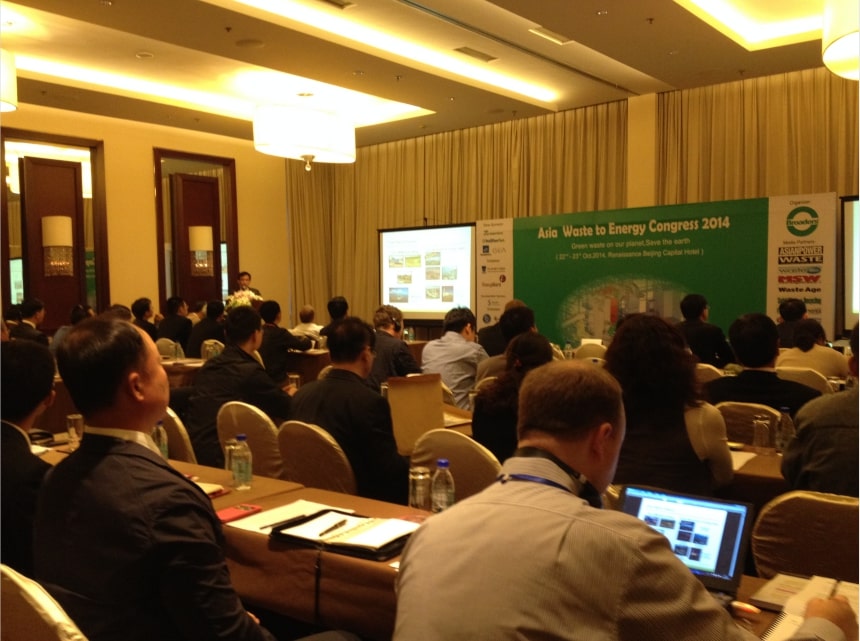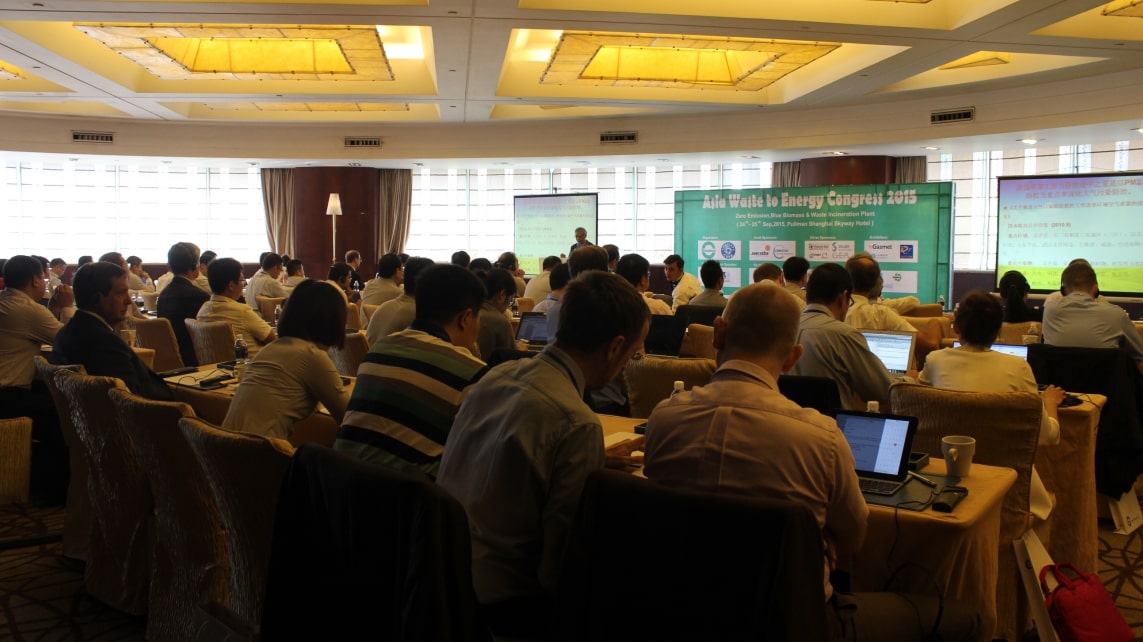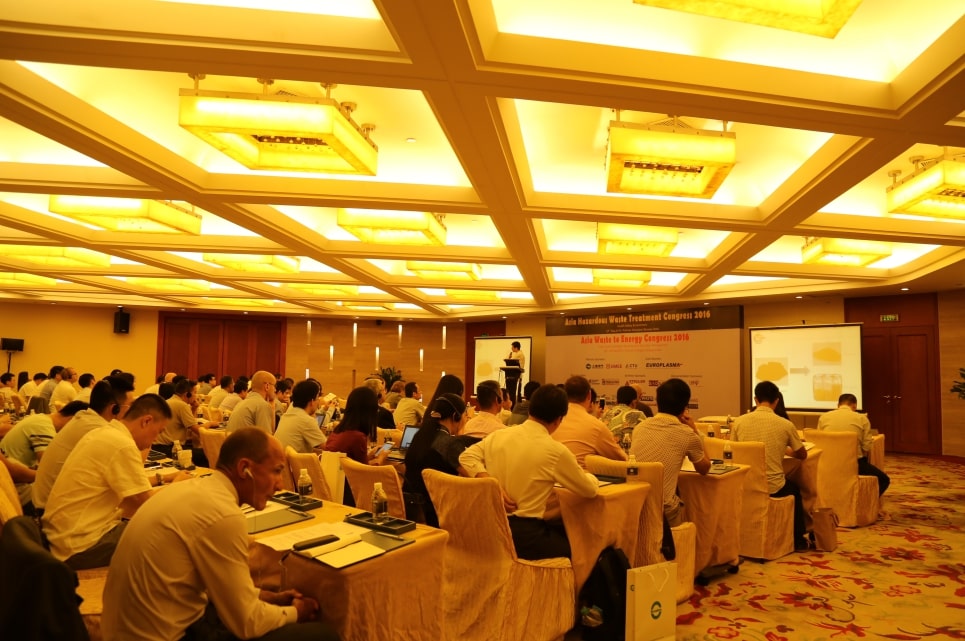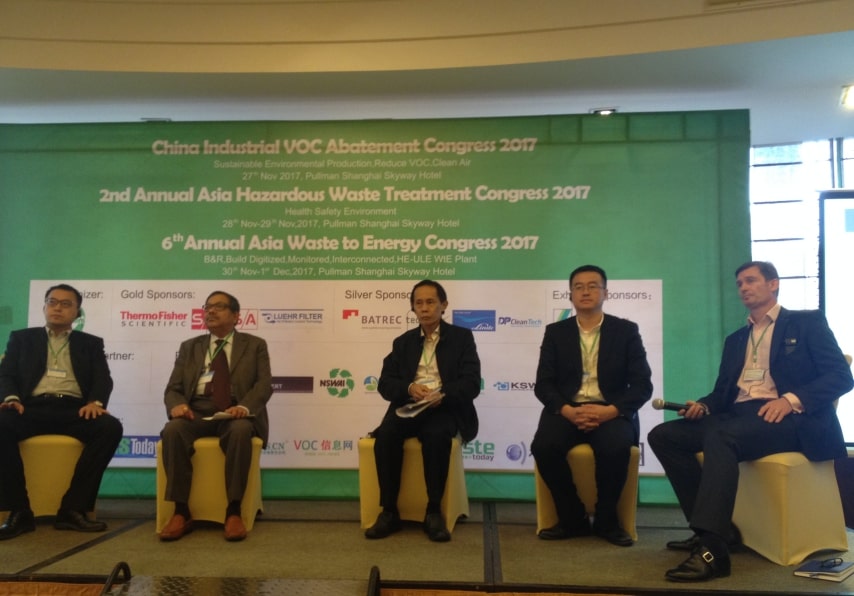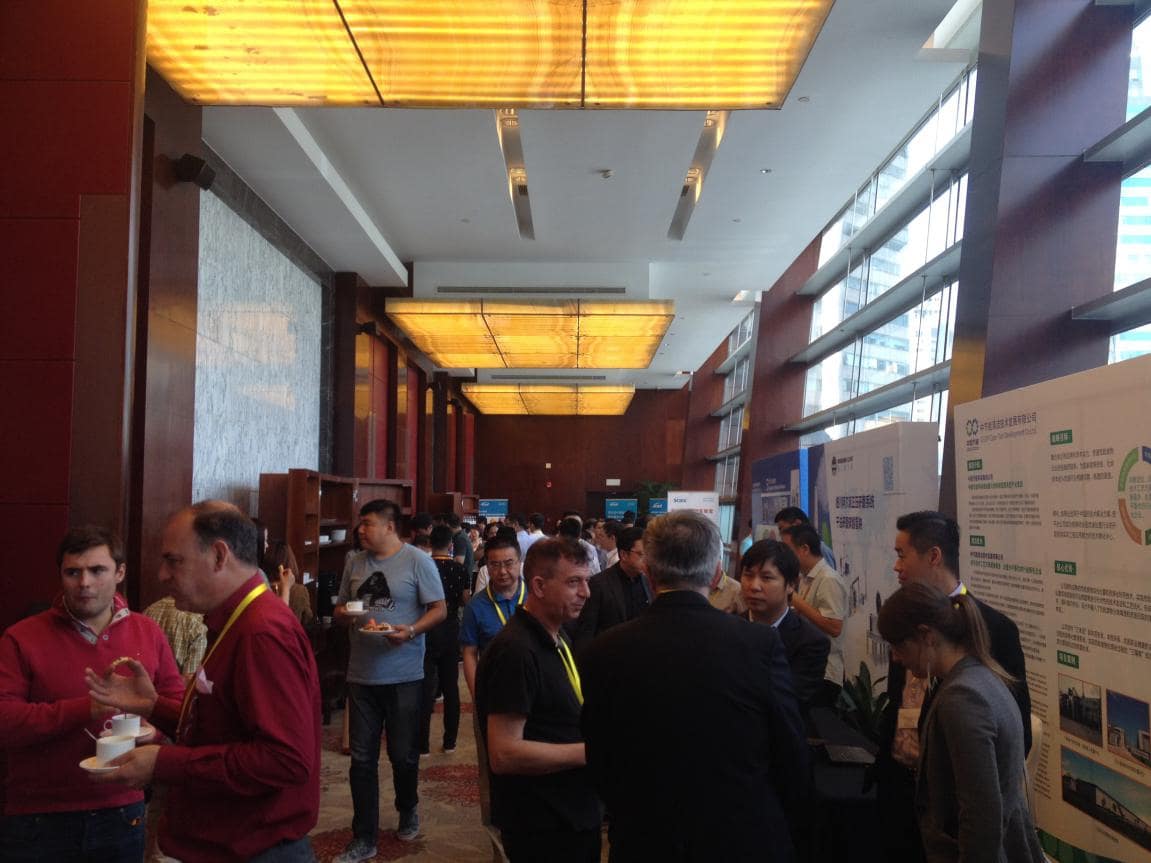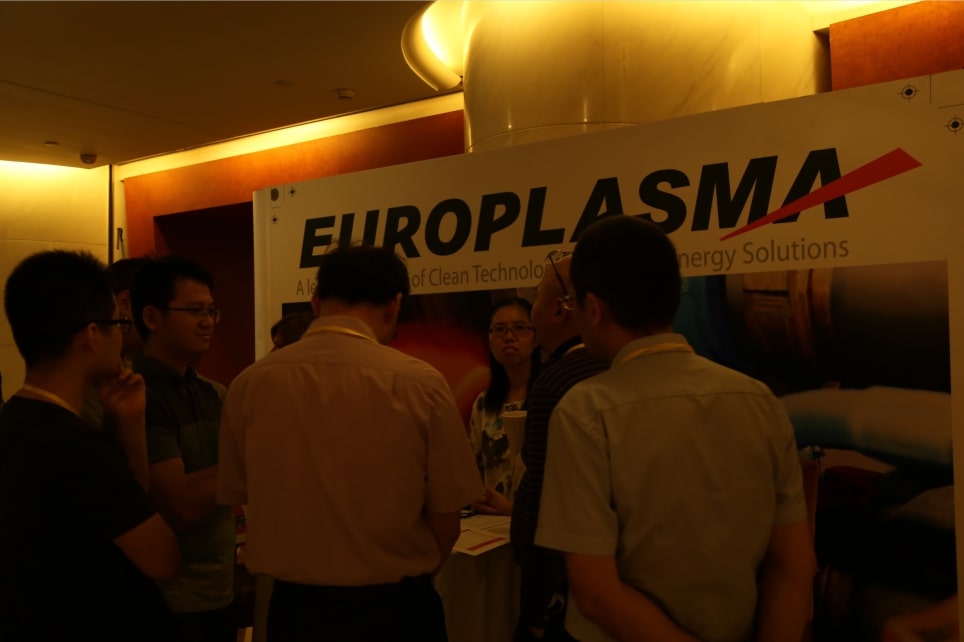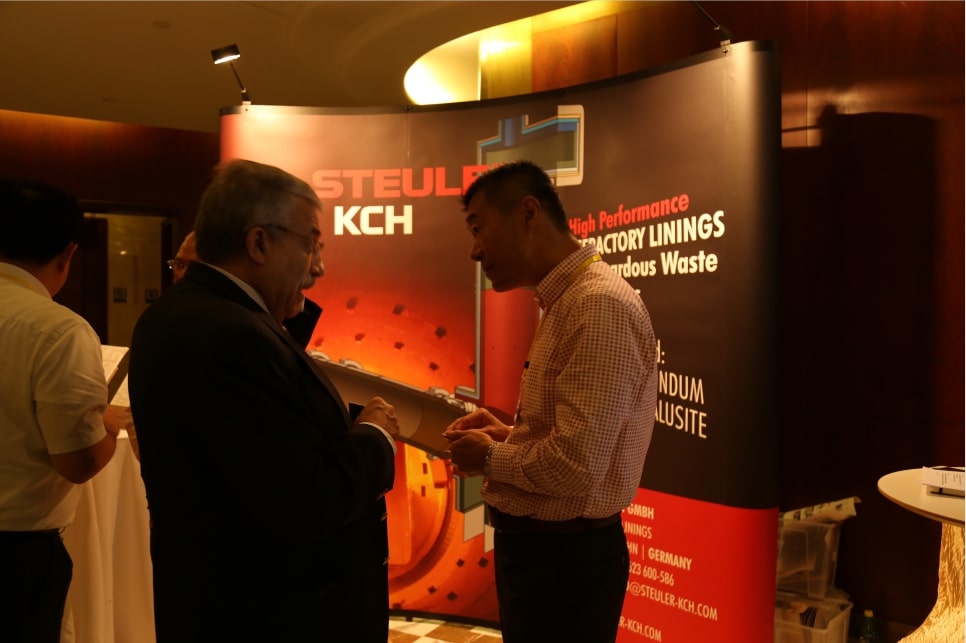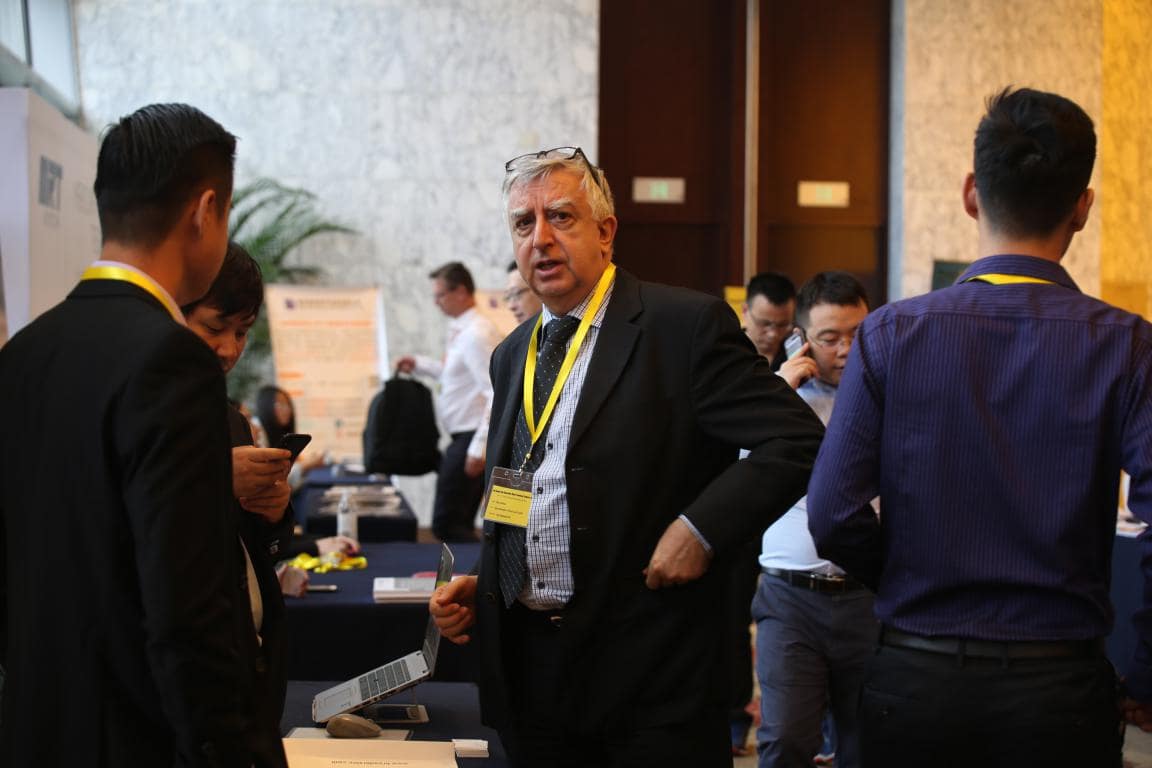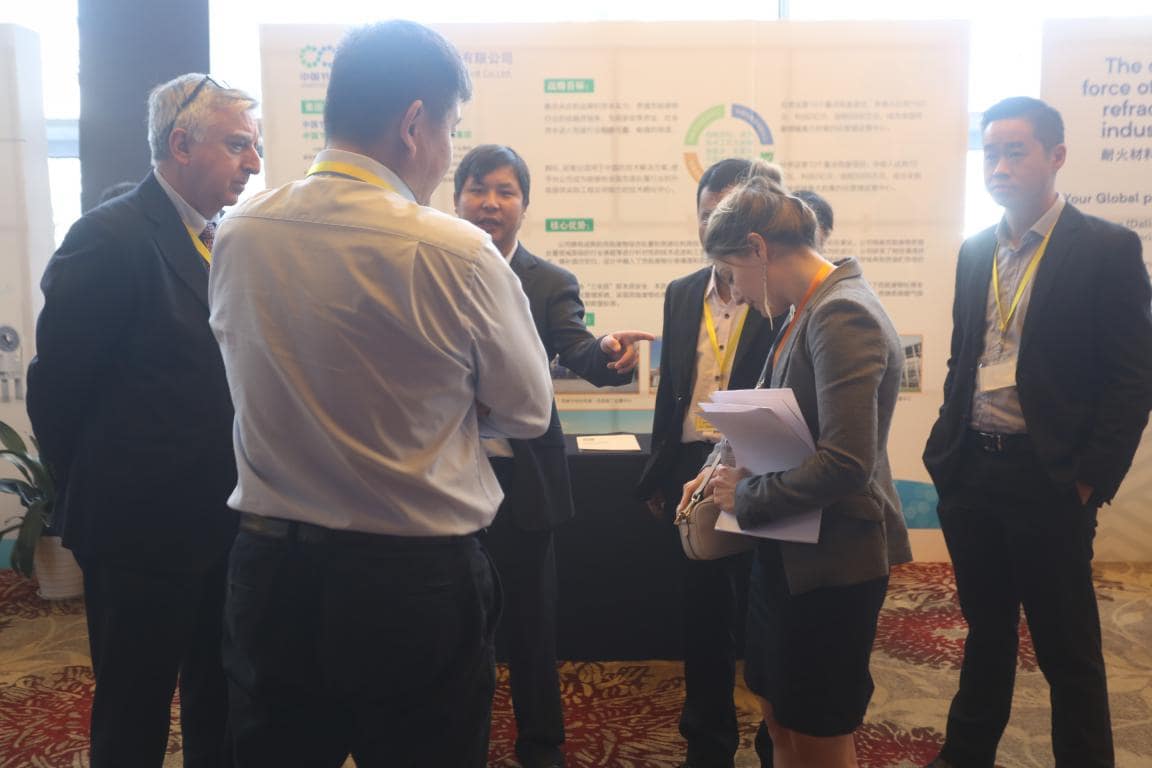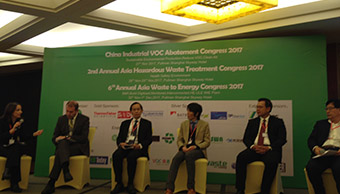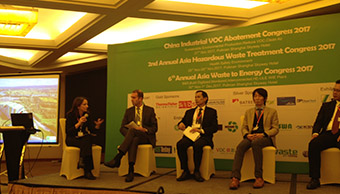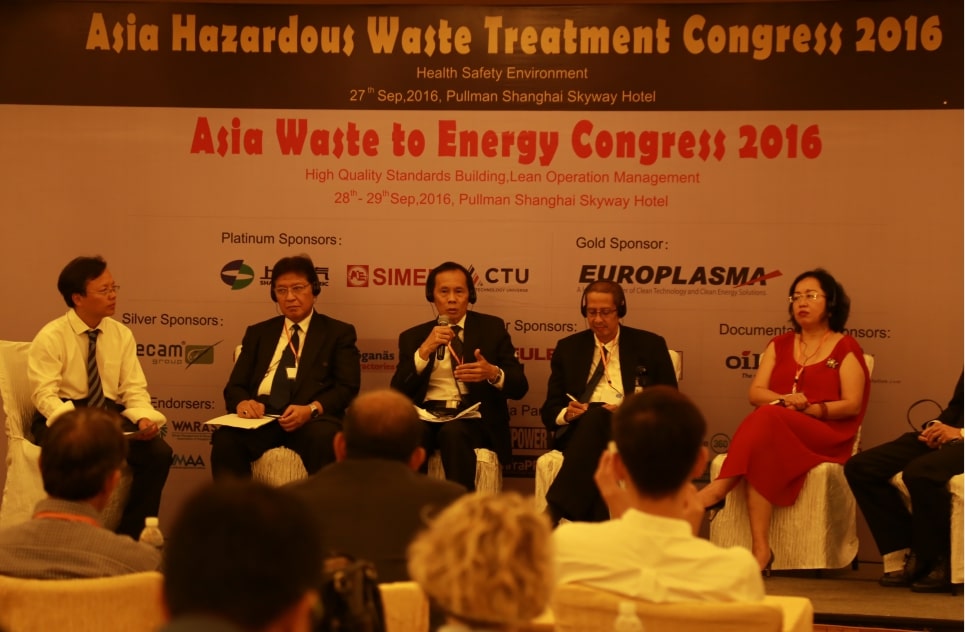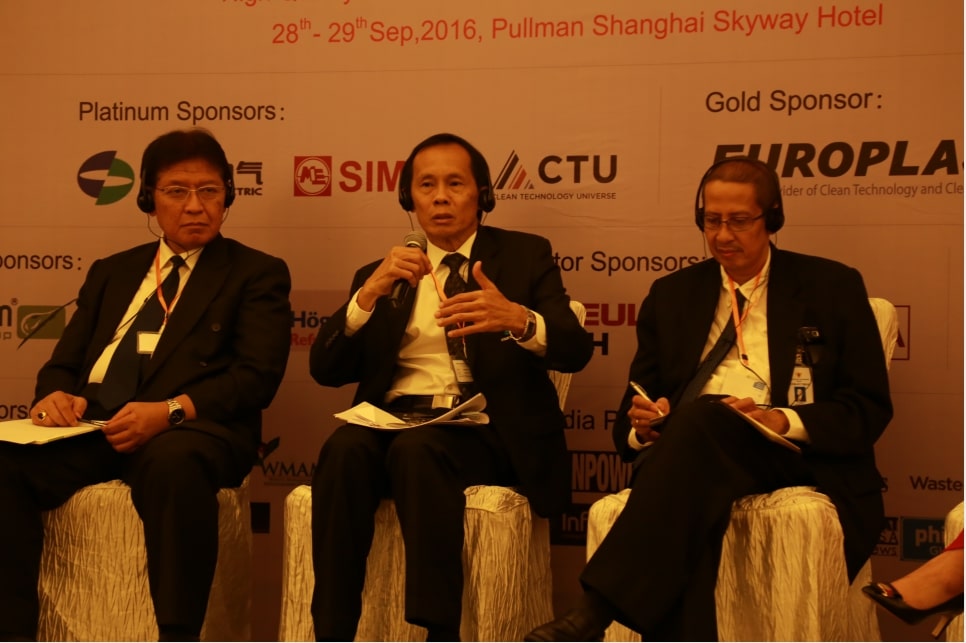| Asia Green Smart Non Ferrous Metal Plant Summit 2023 | | Event Background |
In May 2018, the MIIT "Copper, Aluminum and Other Non-ferrous Industry Specifications and Access Conditions". In 2018, the MIIT comprehensively revised the industry specifications and access conditions for 8 varieties of copper, aluminum, lead-zinc, tungsten, molybdenum, tin, and magnesium.clarify industry regulations,encourage and guide industry transformation and upgrading, adapt to the needs of industrial technological progress under the new situation, and raise the threshold of technology, energy consumption, and environmental protection access requirement. In terms of improving the supervision and management methods and application outline, establish a dynamic management mechanism, implement annual review of the announced enterprises, and complete the announcement of the fourth batch of copper standard enterprises.
In July 2018, the Ministry of Environmental Protection's ``Regulations for Recycled Copper, Aluminum, Lead, and Zinc Pollutant Discharge Permits'' stipulated the basic requirements for the application and issuance of pollutant discharge permits for renewable non-ferrous metal pollutants, the determination of permitted discharge limits, and the actual discharge volume. Accounting, compliance determination methods, self-monitoring, environmental management ledger, and pollution discharge permit implementation report, and other environmental management requirements, put forward feasible technical requirements for the prevention and control of recycled non-ferrous metal pollution.
On August 17, 2018, in order to improve the technical support system for pollutant discharge permits, guide and standardize the application and issuance of pollution permit for recycled non-ferrous metal pollution companies, the Ministry of Ecology and Environment approved the "Technical Specifications for Pollution License Application and Issuance of Non-Ferrous Metal Industry-Recycled Metals" "(HJ863.4-2018) is the national environmental protection standard and released.
On September 25, 2018, in order to prevent and control environmental pollution caused by waste water, waste gas, solid waste and other discharges of secondary aluminum companies, regulate pollution control behaviors, and promote the progress of pollution prevention and control technology in the secondary aluminum industry, the Ministry of Ecology and Environment organized the drafting of the "Recycled Aluminum Industry" Pollution Prevention Technology Policy (Draft for Solicitation of Comments).
On November 27, 2018, in order to guide and standardize the calculation of pollution sources in the non-ferrous metal smelting industry,the Ministry of Ecology and Environment formulated and issued the "Technical guidelines of accounting method for pollution source intensity nonferrous metal smelting industry" (HJ 983-2018)úČ It is suitable for the calculation of the pollution source intensity of waste gas, waste water, noise and solid waste in the smelting and production process of non-ferrous metals such as copper, aluminum and lead etc.
On December 4, 2018, in order to prevent environmental pollution caused by the discharge of wastewater, waste gas, solid waste, etc. in the gold industry, regulate pollution control behaviors, and promote the progress of industry pollution prevention and control technology, the Ministry of Ecology and Environment organized the drafting of the "Gold Industry Pollution Prevention and Control Technology Policy (Request) Opinion draft)"
On December 4, 2018, the Ministry of Ecology and Environment proposed and organized the formulation of the Self-monitoring technology guidelines for pollution sourcesí¬ Non-ferrous metal metallurgy industry(HJ 989-2018).guides and regulates the self-monitoring work of non-ferrous metal industrial pollutants and formulates this standard. This standard puts forward the general requirements for self-monitoring by non-ferrous metal industrial pollutants, the formulation of monitoring proposal, the basic content and requirements for information recording and reporting. This standard applies to non-ferrous metal (aluminum, lead, zinc, copper, nickel, cobalt, magnesium, titanium, tin, antimony, mercury) industrial smelting pollutants companies, and its water and air pollutants, noise and surrounding environment quality impact during production and operation, carry out self-monitoring.This standard does not apply to the above-mentioned metal recycling and smelting pollutants companies. The self-monitoring requirements of self-provided thermal power generating plants and supporting power boilers shall be implemented in accordance with the Technical Guidelines for Self-monitoring of Pollutant Discharge Organization Thermal Power Generation and Boilers (HJ 820). The pollutant discharge companies shall find out its pollution sources, pollutant indicators and potential environmental impacts, formulate a monitoring proposal, set up and maintain monitoring facilities, carry out self-monitoring in accordance with the monitoring plan, do a good job in quality assurance and control, record and save monitoring data, Publicly disclose the monitoring results to the public in accordance with the law.
On December 28, 2018, the Ministry of Ecology and Environment issued "Technical Specifications for Copper Smelting Wastewater Treatment Engineering" (HJ2059-2018) and "Technical Specifications for Copper Smelting Waste Gas Treatment Engineering" (HJ2060- 2018) as the national environmental protection standard.To standardize the construction and operation management of pollution prevention and control projects in related industries.
On September 4, 2019, in order to further accelerate the transformation and upgrading of the copper industry, promote the technological progress of the copper smelting industry, improve the comprehensive utilization rate of resources and the level of energy saving and environmental protection, and promote the high-quality development of the copper smelting industry, in accordance with relevant national laws, regulations and industrial policies, business Relevant departments, the Ministry of Industry and Information Technology, formulated the "Standard Conditions for Copper Smelting Industry."
On February 28, 2020, in order to further accelerate the transformation and upgrading of the aluminum-lead-zinc industry, promote the technological progress of the aluminum-lead-zinc industry, improve the comprehensive utilization rate of resources and the level of energy conservation and environmental protection, and promote the high-quality development of the aluminum-lead-zinc industry, in accordance with relevant national laws, regulations and Industrial policy, the Ministry of Industry and Information Technology, formulated the "Standard Conditions for Lead Zinc Industry."and "Aluminum Industry Standard Conditions."
In March 2020, the Ministry of Environmental Protection issued the "Emission Standards for Tin, Antimony, and Mercury Industrial Pollutants (Draft for Comment)," which proposed to further prevent and control the environmental risks of thallium emissions and improve the requirements for the emission control of tin, antimony, and mercury industrial water pollutants.
On April 28, 2020, in order to further promote the integrated innovation and application of the new generation of information and communication technologies such as 5G, industrial Internet, and artificial intelligence in the non-ferrous metal industry, at the operational level, it provides top-level design and comprehensive guidance for enterprises to carry out intelligent manufacturing. The MIIT,NDRC, and MNR recently jointly announced the "Guidelines for the Construction of Smart Factory (Mining) in the Non-ferrous Metals Industry (Trial)", "Guidelines for the Construction of Smart Smelting Plants in the Non-Ferrous Metals Industry (Trial)" and "Guidelines for the Construction of Smart Processing Plants in the Non-Ferrous Metals Industry (Trial)" have clarified the requirements for construction goals, construction paths, construction content and basic support.
On April 6, 2021, relevant state departments have studied the "Implementation Plan for Carbon Peaking in the Non-ferrous Metals Industry" and are seeking the opinions of enterprises. They have initially proposed: By 2025, the non-ferrous metals industry shall strive to be the first to achieve carbon peaking, and strive to achieve a carbon reduction of 40% by 2040. This plan is at least five years ahead of the national carbon peaking time. In 2020, the non-ferrous metal industry emitted 660 million tons of carbon dioxide, accounting for 4.7% of the country's total emissions. In 2020, the national electrolytic aluminum production consumed 502.2 billion kWh of electricity, accounting for 6.7% of the national electricity. Relevant government departments formulated the Action Plan for Peak Carbon Emissions in China's Electrolytic Aluminum Industry.
On April 12, 2021, in order to implement the "Energy Conservation Law of the People's Republic of China" and "Industrial Energy Conservation Management Measures", the Ministry of Industry and Information Technology will give full play to the supervision and guarantee role of energy conservation supervision, continue to promote industrial energy conservation and energy efficiency improvement, and promote green and high-quality development. To help achieve carbon peaking and carbon neutral goals, and to do a good job in special monitoring of energy consumption in key industries in 2021. Carry out a comprehensive investigation on non-ferrous metal smelting and other key industry enterprises, and establish a ledger on the energy consumption of key enterprises. Based on the actual work, will study and put forward a special supervision list of key industries and enterprises this year, and carry out special supervision on the implementation of mandatory unit product energy consumption quota standards, and complete the full coverage of electrolytic aluminum enterprises in 2021. During the "14th Five-Year Plan" period, full coverage of energy-saving supervision of key industries and enterprises will be achieved. The "Notice of the Ministry of Industry and Information Technology of the National Development and Reform Commission on the Implementation of a Tiered Electricity Price Policy for Electrolytic Aluminum Enterprises" carried out a special inspection of the tiered electricity price of the electrolytic aluminum industry. Special supervision on energy efficiency improvement of key energy-using products and equipment. According to the relevant national mandatory performance and efficiency standards, implement the "Transformer Energy Efficiency Improvement Plan (2021-2023)", and implement special energy efficiency improvement supervision and verification equipment for key energy-using products and equipment users such as transformers, motors, fans, air compressors, and pumps. The ledger, in conjunction with relevant departments, urges enterprises to eliminate inefficient products that do not meet the limits of mandatory performance and efficiency standards in accordance with the law. This special inspection is carried out in conjunction with other special inspections and does not report tasks separately.
On May 30, 2021, the Ministry of Ecology and Environment recently issued the "Guiding Opinions on Strengthening the Prevention and Control of the Eco-Environmental Source of Construction Projects with High Energy Consumption and High Emissions" that non-ferrous metal smelting is included in the statistics of the "two highs" industry category.
In August 2, 2021, the Global Environment Funds developed by World Bank and Foreign Cooperation and Exchange Center of the Ministry of Ecology and Environment launched China's Capacity Building Project for the Implementation of the Minamata Convention on Mercury" . The project plans to carry out research on the current status of mercury-containing waste resource utilization in the non-ferrous metal smelting industry such as lead, zinc and copper, the main source of by-product mercury.
On November 24, 2021, the Ministry of Ecology and Environment announced the "Opinions on Further Strengthening the Prevention and Control of Heavy Metal Pollution (Draft for Comment)." Among them, it is proposed to focus on the mining and dressing of heavy non-ferrous metals (including associated ores) (the mining and dressing of copper, lead, zinc, nickel, cobalt, tin, antimony and mercury), and the smelting of heavy non-ferrous metals (copper, lead-zinc, nickel and cobalt). , Tin, antimony and mercury smelting, including regeneration smelting), lead storage battery manufacturing, electroplating industry, chemical raw material and chemical product manufacturing (calcium carbide method PVC manufacturing, chromium salt manufacturing, zinc inorganic compounds using industrial solid waste as raw materials) Industry), leather tanning processing industry and other 6 industries. The key heavy metal pollutants for prevention and control are lead, mercury, cadmium, chromium, arsenic, and thallium. Among them, the total discharge of five heavy metal pollutants of lead, mercury, cadmium, chromium and arsenic is controlled.By 2025, the industrial structure of key industries will be further optimized, the national key industries' key heavy metal pollution emissions will be reduced by more than 5% compared with 2020, the environmental management level of key industries will be further improved, and a number of prominent historical heavy metal pollution problems will be promoted to control. By 2035, a long-term mechanism for the prevention and control of heavy metal pollution will be established and improved, and the capacity for heavy metal supervision, pollution control, and risk prevention and control will be comprehensively improved, and the environmental risks of heavy metals will be effectively controlled. Strengthen the clean production transformation of key industries enterprises. Intensify the upgrading and transformation of production processes in non-ferrous metal industry enterprises, coordinately promote pollution reduction and carbon reduction, and reduce heavy metal pollutant emissions and carbon emissions. Before December 31, 2025, zinc smelting enterprises will complete the replacement and transformation of vertical tank zinc smelting equipment, and copper smelting enterprises will be active to promote the upgrading and transformation of converter converting technology. By 2025, the proportion of copper smelting converter converting capacity will drop below 40%.During the "14th Five-Year Plan" period, enterprises in key industries will carry out at least one round of mandatory clean production audits in accordance with laws and regulations to improve the quality of clean production audits. By the end of 2025, enterprises in key industries will basically reach the domestic advanced level of clean production, effectively reducing the amount of heavy metal pollutants. And emissions. Promote in-depth treatment of heavy metal pollution. The non-ferrous smelting industry should strengthen the prevention and control of heavy metal pollution sources and reduce the use of high-cadmium, high-arsenic or high-thallium ore materials.From 2023, new and expanded lead-zinc and copper smelting projects will implement special emission limits for particulate matter and key heavy metal pollutants. Existing lead-zinc and copper smelting enterprises in key areas will implement special emission limits for particulate matter and key heavy metal pollutants. According to the demand for heavy metal pollution prevention and control, the provincial peopleí»s government can increase the requirements for heavy metal industries and geographic areas that implement special emission limits.Encourage local governments to issue stricter local standards for pollutant discharge. Non-ferrous metal mining and processing enterprises that adopt outdated and simple dust removal treatment processes such as water spraying, cyclones, and wet treatments should strengthen waste gas collection and implement upgrading and transformation projects for particulate treatment such as filtration and dust removal. Promote the treatment of acidic wastewater from non-ferrous metal mining and dressing enterprises, improve the rain and sewage diversion facilities around waste rock yards and dumps in accordance with regulations, build acidic wastewater collection and treatment facilities, and adopt economic and appropriate technical means to treat and discharge or reuse after reaching standards.Enterprises that emit mercury and mercury compounds should adopt best available technologies and best environmental practices to control and reduce the emissions and releases of mercury and mercury compounds.Take zinc smelting companies as a pilot to test the mercury content of solid wastes such as flue ash, sludge, and waste residues, establish a list of mercury waste generation and management accounts, and truthfully record the types, quantities, flow directions, storage, and storage of mercury waste generated. Use and dispose of information, and realize traceability and query.Carry out investigation and remediation actions for cadmium-related thallium-related enterprises. Carry out the prevention and control of heavy metal pollution sources such as cadmium in agricultural land, and continue to promote the investigation and remediation of cadmium and other heavy metal industries around the cultivated land. Local ecological environment departments focus on industrial enterprises such as heavy non-ferrous metal smelting, iron and steel, sulfuric acid manufacturing and phosphate fertilizer manufacturing involving sulfuric acid from pyrite, mining and dressing of thallium-containing ore, and utilization of thallium-containing ash. Supervise and urge thallium-related enterprises to establish a thallium pollution risk account and formulate corresponding rectification plans, and rectify the sales numbers one by one. Carry out thallium-related enterprise wastewater treatment facilities for thallium removal upgrades, and strictly implement the compliance requirements for wastewater discharge outlets of workshops or production facilities. Establish a closed-loop management system for the entire chain of thallium-related enterprises, and urge enterprises to detect and analyze thallium components in ore raw materials, main by-products, and production waste, so that thallium can be accounted and traced, and the possibility of discharge into the environment is reduced.Strengthen the environmental management of heavy metal solid waste. The zinc hydrometallurgical process must be equipped with a leaching residue harmless treatment system and a sulfur residue treatment facility. Strengthen the environmental management of material storage yards and waste residue yards of key industries and enterprises, and adopt measures such as anti-leakage, anti-loss, and anti-scattering measures. Strengthen the prevention and control of tailings pollution, carry out the "look back" of the tailings pond pollution control in the Yangtze River Economic Belt and the Yellow River Basin and the upper Jialing River tailing pond pollution control. Strictly enforce environmental management during the collection, storage, transfer, utilization and disposal of heavy metal-containing solid wastes such as waste lead storage batteries, smelting ash, and steel plant soot to prevent secondary pollution. Lawfully rectify enterprises that do not have hazardous waste business licenses and other businesses that illegally engage in hazardous waste business activities such as lead, copper, zinc, and mercury. Speed up the adjustment of production methods and industrial structure in the í░manganese triangleí▒ area, systematically carry out manganese pollution control and ecological restoration, and promote the pollution control of manganese-related enterprises nationwide.Improve the standard system for heavy metal pollutants. Study and revise pollutant discharge standards for lead-zinc, electroplating and other industries, and speed up the formulation and introduction of technical specifications for online monitoring, installation, operation, and acceptance of wastewater and heavy metals. Promote the application and issuance of technical specifications for pollution discharge permits for non-ferrous metals and other industries. Revise the "Detailed Rules for Assessment of the Achievement of the Control Targets for Major Heavy Metal Pollutants (Trial)". The provincial eco-environmental department strengthens the construction of local emission standard system, accelerates the research and formulation of local industrial pollutant emission standards for industries that are concentrated in local areas such as manganese, tungsten, and molybdenum, and solves the pollution problems of regional and characteristic industries by improving the local emission standard system . Improve mercury and mercury compound pollutant discharge standards and technical policies, and formulate technical specifications for mercury waste disposal and pollution control. Strengthen the monitoring and early warning of heavy metal pollution in key areas and key industries. Accelerate the development and application of online monitoring technology and equipment for waste water and waste gas heavy metals. Establish and improve the monitoring and early warning system for heavy metal pollution, and improve the level of informatization supervision.
Key Features
Gain latest information on energy efficiency and emission policies across the Asian countries
Understand the economics of green smart non ferrous metals plant in the region
Learn what investors need to make a project bankable
Debate challenge and opportunities with investors,funders and advisors
Assessing how green smart non ferrous metals markets are developing in the region
Assess new technologies in green smart non ferrous metals industry
Assess the market opportunities for advanced non ferrous metals technologies and their outputs
Debate the future of the emerging green smart non ferrous metals market with industry leaders
Benefit from technical expertise insight from some of the industryí»s leading technology providers
Take part in robust discussions and share best-practice with senior-level opinion-formers
Network and do business with the leading green smart non ferrous metals projects owners in the region
Discover new commercial opportunities in 2023 and beyond
Position your company at the forefront of the green smart non ferrous metals industry globally and Asia |































